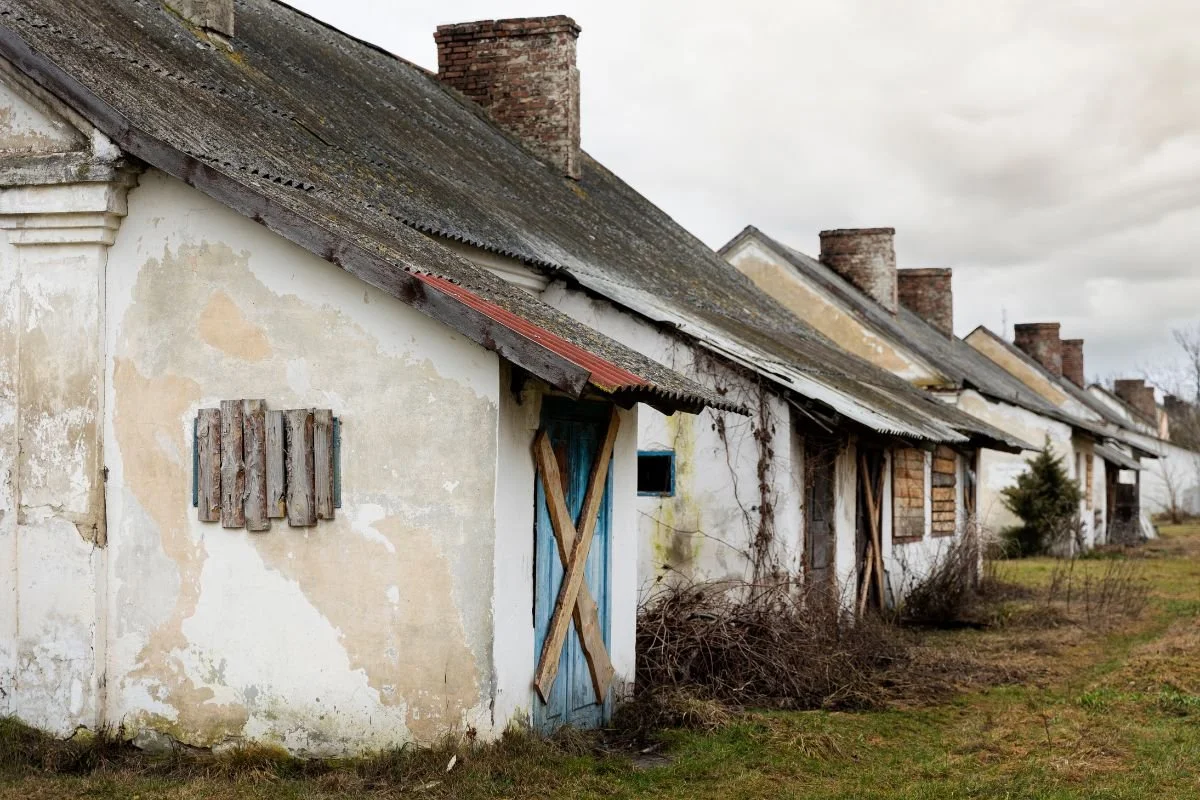Asbestos Hazards in Historical Homes: Preserving the Past Safely
Renovating a historical home can be a balancing act. You want to retain the home’s original charm and features. You may even need to do so under your local council’s regulations. But you may also encounter asbestos that requires care and possibly even removal. How do you preserve the past safely when your historical home has asbestos hazards? Some of the advice below may be helpful:
Identify Possible Asbestos-Containing Materials
There’s power in knowledge. The more you know about your home’s possible hazards, the more power you have to address them in a safe way. As a result, it can be essential to identify asbestos-containing materials before any restoration or preservation work begins.
While some materials can look like they contain asbestos, testing is the best way to determine its presence accurately. You can contact an asbestos removal business and let them perform an asbestos sampling survey or test of suspected materials like siding, insulation, roofing, textured coatings, and flooring.
Once the samples are collected, they can be delivered to a lab for analysis and reporting. Before long, you can know how much asbestos your home has, its condition, and the type of asbestos you have. This knowledge can be important for the next steps you’ll take to preserve your home.
Don’t Disturb the Asbestos
After learning where there’s asbestos in your home, it’s important not to disturb it. After all, any disturbance or damage can result in asbestos fibres being released into the air. These fibres are too small to see but can be breathed in. Asbestos exposure has been known to result in life-changing and life-ending conditions like cancer and mesothelioma.
As you’re now aware of where asbestos is present in your historic home, you’re better positioned to avoid it during renovations.
Involve Professionals
Just as you would involve professionals for plumbing, electrical work, and some construction work, you should do the same when figuring out what to do with your asbestos-containing materials. Whether your home is historical or not, asbestos experts can be a source of knowledge for forming a plan. They can also work with other experts on your behalf, especially when you’re at a loss as to how you can preserve historical features while ensuring your property is safe. The more experts you involve in your preservation project, the safer you and your family can be.
Create a Preservation Plan
You know where the asbestos is, and you’ve aligned with professionals to help. What comes next? A preservation plan, of course. Preservation experts can help you identify the historical elements you want to remove and offer suggestions for removing or encapsulating any asbestos-containing materials.
Sometimes, this can mean carefully removing historical features you want to retain, taking care of asbestos removal surrounding them, and putting them back in place. Asbestos removal experts might also recommend encapsulation. This involves sealing asbestos rather than removing it. This is often preferred when removal would mean compromising your historical features.
Obtain Permits and Consents
Whether you’re undertaking small or large renovations, obtaining permits and consents can be a crucial step. What those consents are can depend on the work involved and, sometimes, even the age of your house if it fits into that historical category.
Working with construction teams can sometimes mean they take care of those for you. However, if you consider yourself a DIY expert, you may need to research these on your own. Remember, if you plan to remove anything containing asbestos, you’ll need to call asbestos removalists for friable asbestos or non-friable asbestos over 10m2.
Wear PPE
Whether you’re undertaking an innocent minor alteration or a major renovation, don’t forget to wear appropriate PPE for the task. For example, removing non-friable asbestos up to 10m2 can require the use of single-use coveralls, gloves, and an appropriate respirator.
If you’re unsure what to wear, talk to your local removalist. Even better, leave any asbestos removal to the experts.
Keep Detailed Records
Historical homes have wonderful and rich histories. Those histories don’t have to stop with you. Instead, you can continue your property’s story with detailed records of how you preserved its beautiful historic features while removing known hazards like asbestos.
Not only is a detailed record of renovations and asbestos removal helpful for your own records, but it can be of great value to future buyers and even local councils.
Let Your Historical Home Renovation Journey Begin
Renovating a historical home can be an incredible journey from start to finish. Still, it can also be a dangerous one if you’re trying to remove asbestos while preserving those gorgeous historic features. Take this advice into consideration before you get started. If you have any questions about asbestos testing, removal, or encapsulation, contact Chemcare for help. Our expert team can be of great value during any home or business renovation where asbestos is a concern.

